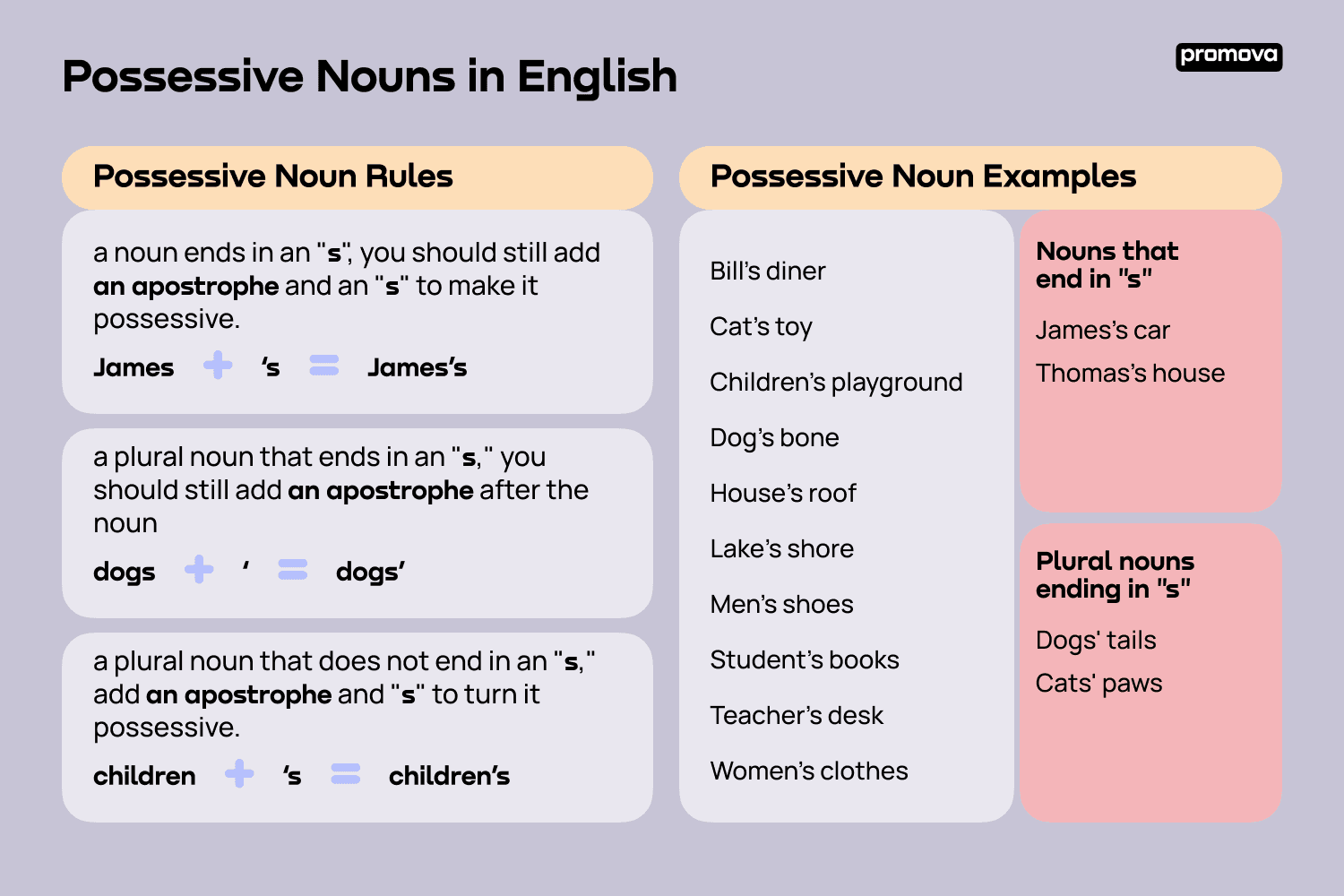Understanding plural possessive rules for nouns is essential for proper grammar usage. Plural possessives indicate ownership or belonging to more than one person or thing. These rules can sometimes be tricky, but with some practice, you can master them easily.
When it comes to forming the possessive of plural nouns, there are specific rules that you need to follow to ensure correct usage. Let’s delve into these rules in more detail.
Plural Possessive Rules for Nouns
1. For most plural nouns, you simply add an apostrophe after the ‘s’ at the end of the word. For example, “The students’ notebooks were on the table.” Here, the apostrophe comes after the ‘s’ because there is more than one student.
2. If a plural noun does not end in ‘s,’ you add an apostrophe followed by an ‘s.’ For example, “The children’s toys were scattered across the room.” In this case, ‘children’ is a plural noun that does not end in ‘s,’ so you add ‘s after the apostrophe.
3. When a plural noun is irregular and does not follow the typical pluralization rules, you still add an apostrophe followed by an ‘s.’ For example, “The men’s shoes were lined up neatly by the door.” Here, ‘men’ is an irregular plural noun, but the possessive form still requires an apostrophe followed by ‘s.’
4. If a plural noun is a compound noun or a hyphenated word, the possessive form is usually formed by adding an apostrophe and an ‘s’ to the last word in the compound. For example, “My mother-in-law’s car is parked in the driveway.” The possessive form is ‘mother-in-law’s’ because it is the car belonging to the mother-in-law.
5. When showing joint ownership of a single item by two or more people, the apostrophe is placed after the last name only. For example, “This is John and Jane’s house.” In this case, both John and Jane share ownership of the house, so the apostrophe is placed after ‘Jane.’
Mastering plural possessive rules for nouns will improve your writing and communication skills. Practice using these rules to ensure correct usage and make your writing more polished and professional.
